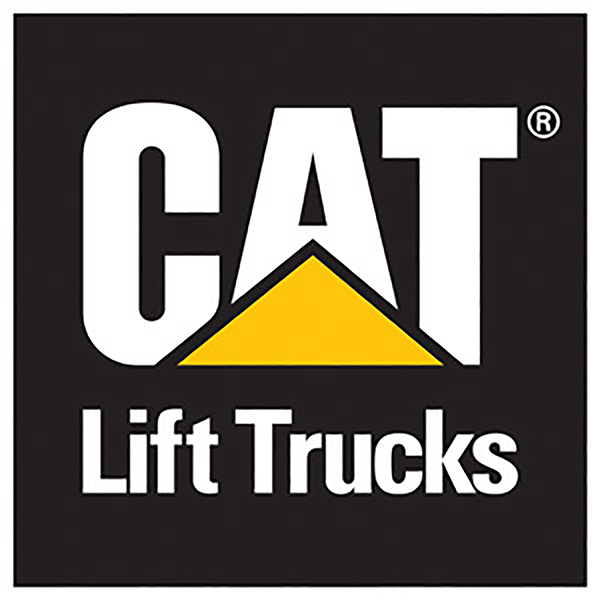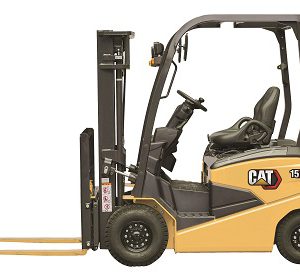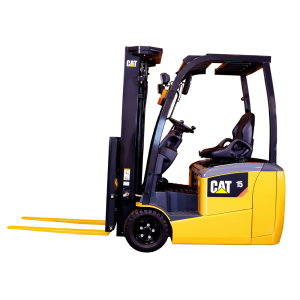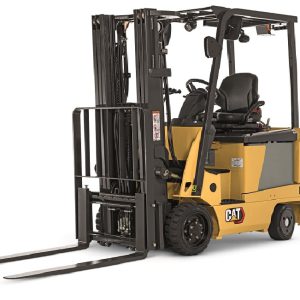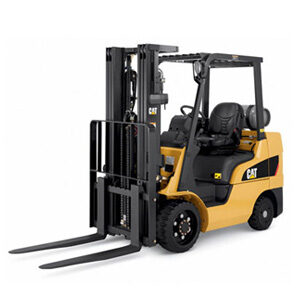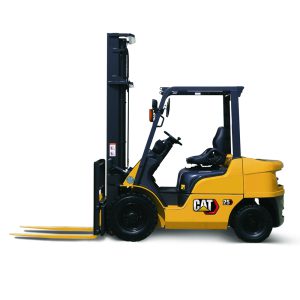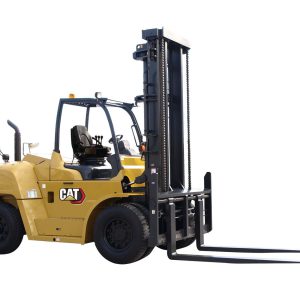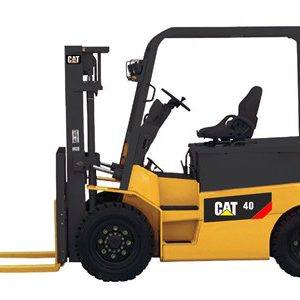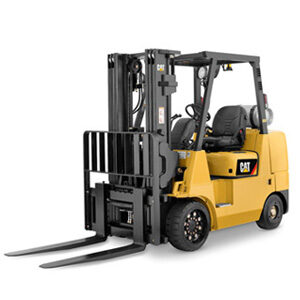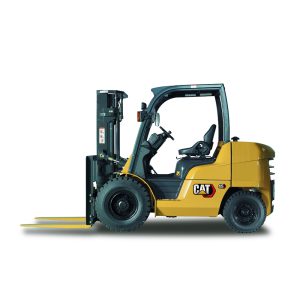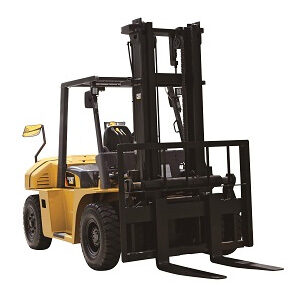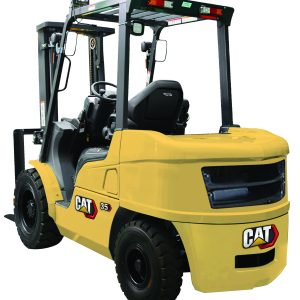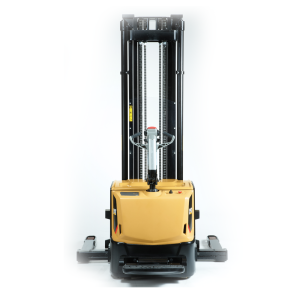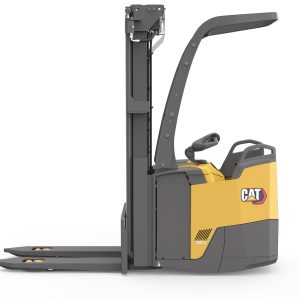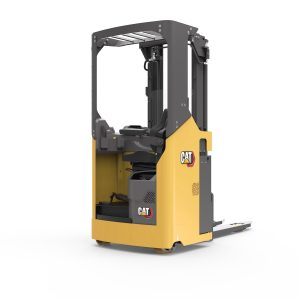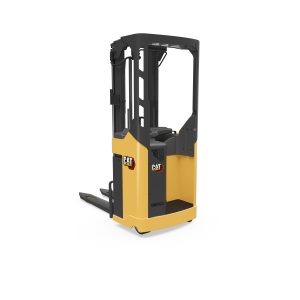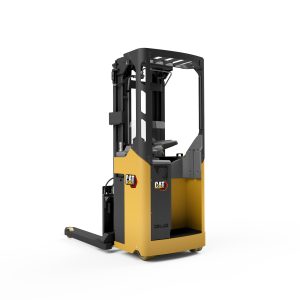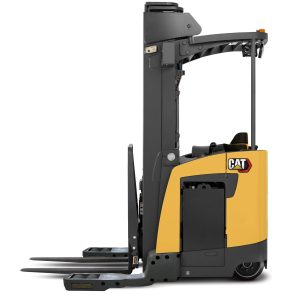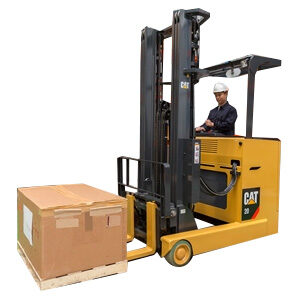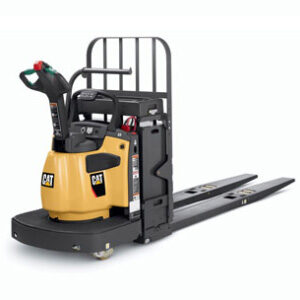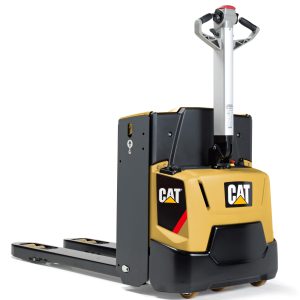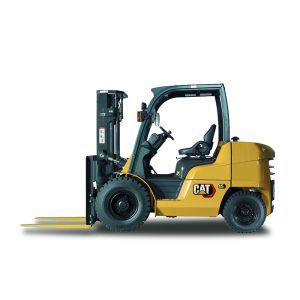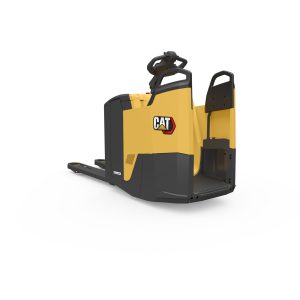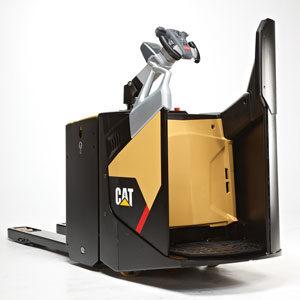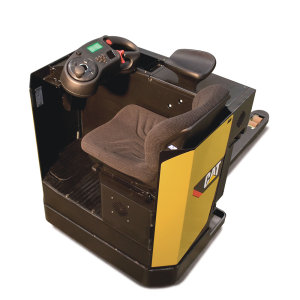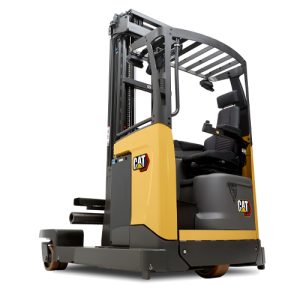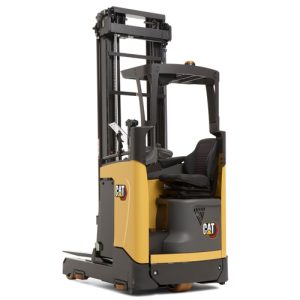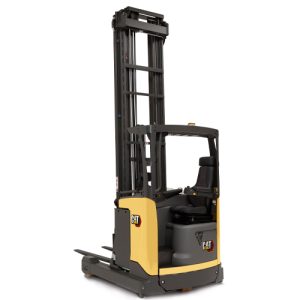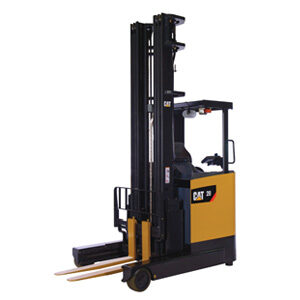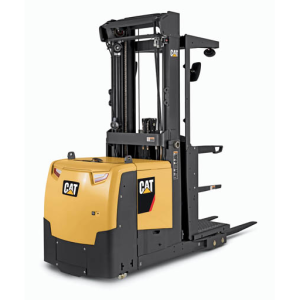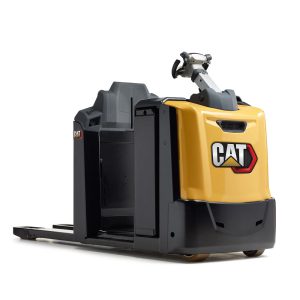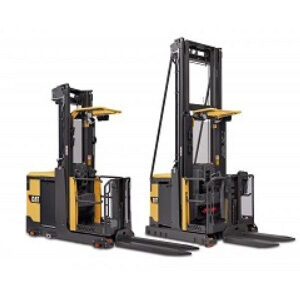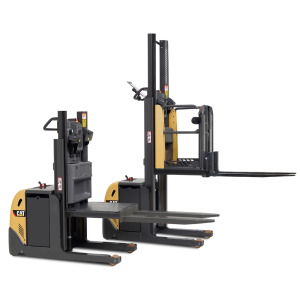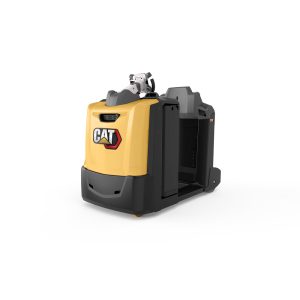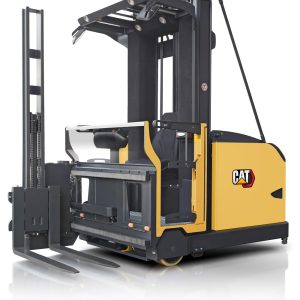
Measured improvement
24/03/2021
OEE (operational equipment effectiveness) is an essential measurement technique that is no less valuable for being tried, tested and established. Ruari McCallion reconsiders OEE in the light of Industry 4.0.
Attempting to go from a conventional manually operated warehouse straight to a fully automated operation would be like trying to jump on an express train as it hurtles through the railway station at maximum speed. Techniques and technologies that facilitate improved productivity have to be in place before ultimate goals can even be clearly mapped out, never mind achieved.
“There are three main calculations that make up an overall supply chain management effectiveness measure,” said Adam Payne, Managing Director of TCM UK Limited. The three are: overall purchase effectiveness (OPE); overall logistics effectiveness (OLE); and overall equipment effectiveness (OEE).
Materials handling professionals are probably already making use of OEE techniques and technologies, whether they’re fully identified as such or not. Organisations with a full 360-degree leasing arrangement – in which servicing, maintenance and replacement of lift trucks is included in the overall cost – will already have monitoring equipment fitted to the vehicles.
Sensors will monitor things like: lubrication levels and performance; energy levels, performance and consumption; physical condition, including damage from collisions; and (of course) hydraulic fluid condition and performance. This is not only to enable the leasing company to protect itself against abuse by customers and drivers. It is also to provide information enabling the company to optimise performance of hydraulic fluids, of lubrication fluids, of motors, and all operations, in whatever environment the vehicles are working.
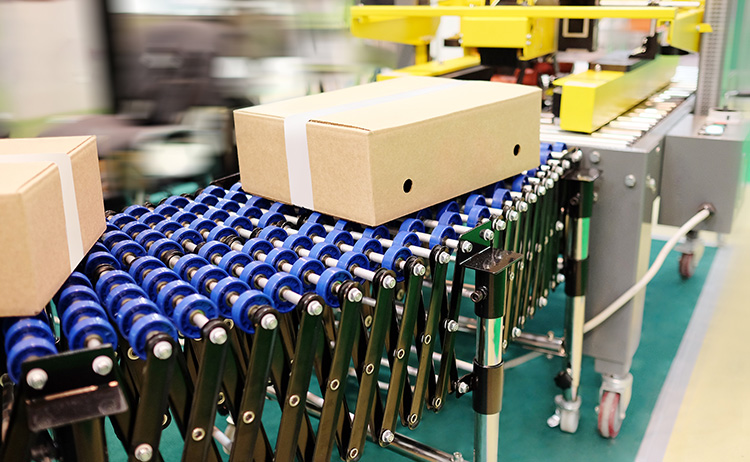
Room for improvement?
It is only by knowing what is going on that one can find ways to improve it. In terms of overall equipment effectiveness, there are formulae relevant to lift trucks and logistics operations (see boxout).
OEE breaks down performance into three separate components: availability, performance and quality. Each will identify an aspect that can be targeted for improvement. It can be applied to an individual unit, such as a particular forklift truck, or to a fleet of trucks, and extended to cover an entire warehouse or logistics supply chain. It also allows for specific analysis of particular shifts, tasks or any of several other parameters. Performance is compared with both expectation – target – and specification. Any improvement strategy will be based on bridging the gap between expectations and actual achievement.
“As with anything, you can apply technology into monitoring the movements, loads and other aspects that you wish to measure, which can all be linked back to the cloud for analysis, and to operators’ dashboards,” Adam Payne explained. “As with anything, though, the value add is action: analysing and taking corrective action to solve a problem. A business I worked with was beginning to test automatic monitoring of loading its fleet; this opens up possibilities of pay per load and of servitisation to end users.”
Measuring the task
OEE identifies the percentage of time that is truly productive and provides essential insights into how to improve processes, in a systematic way. It is unlikely that any process can run at 100% OEE; a more realistic target is around 85% – but the challenge is to do better.
In order to improve performance, we need data. Sensors gather information about operating performance and machinery condition, including wear, as mentioned above. A warehouse fully equipped with Internet of Things monitoring and sensing equipment will be a proper Fourth Industrial Revolution (4IR or Industry 4.0) unit – but, realistically, that is not where we are now.
“My opinion, when we look within some businesses, is that we are nowhere near Industry 4.0; we’re more like Industry 1.5. OEE is an absolutely fantastic measure and needs to be understood by the first-line team; the people that do the work. This can be done with pen and paper first and leads to your team thinking about what they are seeing, and understanding the problems and solutions, which is exactly what you want: people thinking. Improvement comes from where the work is actually being done. Once you have that embedded and it is delivering what you want it to, then take the step into some manual data entry into an app, then automate data analysis and dashboard display for review and action.”

Don’t fall in love with the tech
Any technology investment should address a challenge or a problem the business needs to solve. No technology will be a panacea, no matter how shiny the box it comes in! The business case must come first and it must be clearly understood.
As well as being an extremely useful tool in its own right, OEE is the basis and springboard into the Fourth Industrial Revolution.
“The data will set you free. The drive for customer satisfaction and continuous improvement, in always looking to be better – that competitive advantage and hunger to be the best, the growth mindset – is fostered by OEE.”
But what of the human factor? There are two aspects to it: first is the role that human beings will be playing in the warehouses of the future; second is the perceived, potential and, indeed, actual threat to jobs.
The experience that human beings have in their jobs is sufficiently valuable for various organisations to have said that people are their greatest asset – and there is a lot of truth in that. The accrued knowledge and experience of operatives and engineers is very valuable – but it is not always reliable. A lot of it is down to ‘feel‘. Most companies will have the experienced chargehands who ‘just know’ when a machine is about to fail. Their knowledge should be valued and it should be collected, as far as possible, but dispassionate collection of real data from the equipment itself is the most dependable basis on which to build.
Adam Payne observes that 4IR may eventually bring ‘lights out’ warehousing. We may have it already, although there is always a ‘but’.
“If something can go wrong, then it will go wrong. Unless that warehouse is operated with artificial intelligence and robots that can genuinely maintain, then I think we will always have some form of human touch, especially when it comes to moving things forward.”
As with all previous industrial revolutions, some jobs will disappear and new ones will be created. When it comes to effective management of the cyber-physical systems arriving with the Fourth Industrial Revolution, the jobs will be different and the skillsets will be of a very high standard. Human beings are not redundant just yet.
We will not leap straight from where we are now to there. We need to take one step at a time; OEE and effective measurement and monitoring are the strongest of stepping stones.
WHAT IS OVERALL LOGISTICS EFFECTIVENESS?


Source : https://eurekapub.eu/productivity/2019/10/01/measured-improvement

